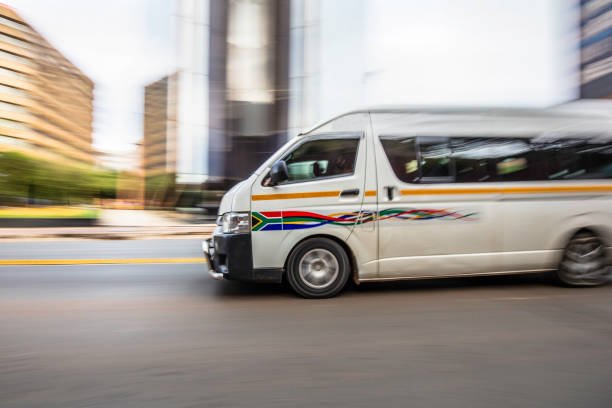Why do South Africans Feel Like They can Get Away with Unsafe Road Use Practices?
Skip to content
Skip to footer
Why do South Africans Feel Like They can Get Away with Unsafe Road Use Practices?
Why do South Africans Feel Like They can Get Away with Unsafe Road Use Practices?

